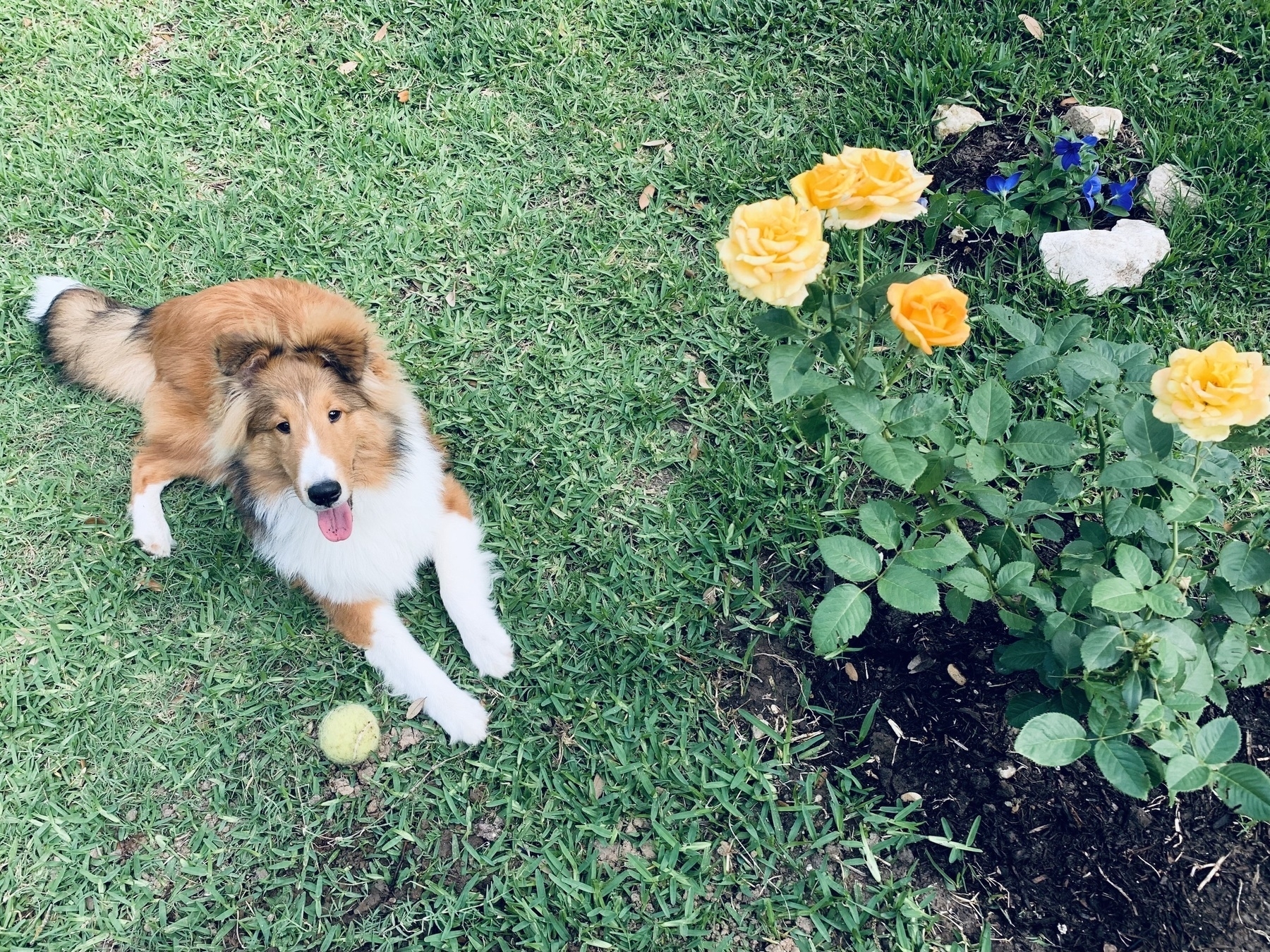Some guy wrote a whole Substack post about why books aren’t worth reading. TL;DR, dude. Why do people write hundreds of words when their idea fits in a tweet?
Brian Eno: “This is why the idea of surrender is so interesting to me, because surrendering is what we are most frightened of doing. Everything is telling you to stay in control. One of the really bad things that’s happened in the art world recently is the idea that a piece of work is as valuable as the amount it can be talked about. So these little pieces of paper you see beside every artwork, in every gallery: if you watch people, they look quickly at the painting, then they read for a long time, then look quickly at the painting again. The analytical mind always wants to say, ‘OK, I understand this. It’s no problem, it’s no threat.’”
Albert Borgmann – perhaps the most important philosopher of technology in our time – has died. Perhaps this is a good opportunity for a re-read of his essential books, Technology and the Character of Contemporary Life: A Philosophical Inquiry (1984) and Holding onto Reality: The Nature of Information at the Turn of the Millennium (1999).
Erik Hoel: “So if someone regularly talks about IQs significantly above 140 like these were actual measurable and reliable numbers that have a real-world effect, know that they are talking about a fantasy. And if they make claims that various historical figures possessed such numbers, then they’re talking unscientific nonsense. If they’re bragging about themselves, well. . . it’s like someone talking about their astrological sign. Stratospheric IQs are about as real as leprechauns, unicorns, mermaids — they’re fun to tell tales about, but the evidence for them being a repeatedly measurable phenomenon that matters in any meaningful sense of the word is zip, zero, zilch.”
If you could really plug an AI’s intellectual knowledge into its motivational system, and get it to be motivated by doing things humans want and approve of, to the full extent of its knowledge of what those things are3 - then I think that would solve alignment. A superintelligence would understand ethics very well, so it would have very ethical behavior.
Setting aside the whole language of “motivation,” which I think wildly inappropriate in this context, I would ask Alexander a question: Are professors of ethics, who “understand ethics very well,” the most ethical people?
The idea that behaving ethically is a function or consequence of understanding is grossly misbegotten. Many sociopaths understand ethics very well; their knowledge of what is generally believed to be good behavior is essential to their powers of manipulation. There is no correlation between understanding ethics and living virtuously.
Spending some time with Ol’ Blue Eyes 🎵

WSJ: “In one study, Dr. Strayer and colleagues compared two groups of people strolling an arboretum. One group chatted on their phones. The others had their devices taken away. After the walk, the people who didn’t carry their phones were in a much more calm and rested state than the chatters, researchers found.” This has been my experience too. When I stopped taking my phone on my walks they became more restorative; and birds are more delightful to listen to than podcasts.

Currently reading: Ralph Waldo Emerson: Essays and Lectures by Ralph Waldo Emerson 📚
locating intellectuals
In his great book The Spirit of Early Christian Thought, Robert Wilken writes:
In an age in which thinkers of all kinds, even poets, are creatures of the academy, it is well to remember that most of the writers considered in this book were bishops who presided regularly at the celebration of the Eucharist, the church's communal offering to God, and at the annual reception of catechumens in the church through baptism at Easter. The bishop also preached several times a week and could be seen of a Wednesday or Friday or Saturday as well as on Sunday seated before the Christian community expounding the Sacred Scriptures. Some of the most precious sources for early Christian thought are sermons taken down in shorthand as they were being preached in the ancient basilicas. In them the bishop speaks as successor of the apostles to a community that looks to him as teacher and guide. For intellectuals of this sort, even when they were writing learned tomes in the solitude of their studies, there was always a living community before their eyes. Faithfulness, not originality, was the mark of a good teacher.
This reminds me that his his biography of Lesslie Newbigin, Geoffrey Wainwright comments that the bishop-theologian was once a common type of Christian intellectual, indeed in some senses the characteristic type — but that is no longer the case:
Christian theology is more immediately a practical than a speculative discipline, and such speculation as it harbors stands ultimately in the service of right worship, right confession of Christ, and right living. Right practice demands, of course, critical and constructive reflection, and the best Christian theology takes place in the interplay between reflection and practice. That is why honor is traditionally given to those practical thinkers and preachers who are designated “Fathers of the Church.” Most of them were bishops who, in the early centuries of Christianity, supervised the teaching of catechumens, delivered homilies in the liturgical assembly, oversaw the spiritual and moral life of their communities, gathered in council when needed to clarify and determine the faith, and took charge of the mission to the world as evangelistic opportunities arose. A figure of comparable stature and range in the ecumenical twentieth century was Lesslie Newbigin.
I have often written about the ways in which the modern university is built on perverse incentives, and, putting that together with these comments on bishops, I am mulling over two questions:
- Should Christians look primarily to scholars and thinkers outside the academy for theological leadership?
- Should our society in general look primarily to scholars and thinkers outside the academy for intellectual leadership?
Or, more concisely: Where are the thinkers who always have “a living community before their eyes”?
without principle
‘The Godfather of AI’ Quits Google and Warns of Danger Ahead:
Dr. Hinton said that when people used to ask him how he could work on technology that was potentially dangerous, he would paraphrase Robert Oppenheimer, who led the U.S. effort to build the atomic bomb: “When you see something that is technically sweet, you go ahead and do it.”
He does not say that anymore.
As someone who has been writing for some years now about what I call the Oppenheimer Principle, I find this moment piquant.
But I was also troubled by President Biden’s Grandpa Joe moment when he wandered into a meeting between the Vice-President and the nation’s leading professional sociopaths and then asked those sociopaths to “educate us.” Ah well. It could be worse, and we all know how it could be worse.
same

The list of musical cues in Malick’s Song to Song is hilarious and wonderful.
cosplaying Kingship
In a much-celebrated essay on King Lear, Stephen Greenblatt writes about theatrical costumes:
During the Reformation Catholic clerical garments – the copes and albs and amices and stoles that were the glories of medieval textile crafts – were sold to the players. An actor in a history play taking the part of an English bishop could conceivably have worn the actual robes of the character he was representing. Far more than thrift is involved here. The transmigration of a single ecclesiastical cloak from the vestry to the wardrobe may stand as an emblem of the more complex and elusive institutional exchanges that are my subject: a sacred sign, designed to be displayed before a crowd of men and women, is emptied, made negotiable, traded from one institution to another. Such exchanges are rarely so tangible; they are not usually registered in inventories, not often sealed with a cash payment. Nonetheless they occur constantly, for through institutional negotiation and exchange differentiated expressive systems, distinct cultural discourses, are fashioned.
What happens when the piece of cloth is passed from the Church to the playhouse? A consecrated object is reclassified, assigned a cash value, transferred from a sacred to a profane setting, deemed suitable for the stage. The theater company is willing to pay for the object not because it contributes to naturalistic representation but because it still bears a symbolic value, however attenuated. On the bare Elizabethan stage costumes were particularly important – companies were willing to pay more for a good costume than for a good play – and that importance in turn reflected the culture’s fetishistic obsession with clothes as a mark of status and degree.
The coronation of Queen Elizabeth II was a genuinely sacral occasion; the coronation of her son will be a theatrical one. The regalia of sacred Christian kingship has been sold to the players — because they, and their international television audience, are the only ones interested.
But perhaps, through the scrim of spectacle and costume, some observers will catch a glimpse of what the whole business once meant, a brief vision of something I’ve written about occasionally here: the deep human longing for a righteous anointed King.
P.S. This “deep human longing for a righteous anointed King” is central to my argument for anarchism. But an explanation of that will have to wait for another day.
P.P.S. After the ceremony: Some of my English friends are telling me that I was too cynical in the above. I hereby repent.
We do a lot of clerical labor to register ourselves with entities that have figured out ways to intervene in matters that were once direct and straightforward. For example, you have to download the Parkmobile app and set up an account before you can park your car in Santa Cruz, if you are anywhere near the boardwalk. Maybe you are ready to unwind on the beach after a hard day, or maybe you have a carload of kids with low blood sugar, two of whom desperately need to find a bathroom. But you are going to have to find a cell signal, register your credit card and make a password before you can go on your way. Of course, since the app freezes during the final step, you’re not sure you really did pay for parking, or if instead you will be paying an $85 parking ticket at some point in the future. It’s super relaxing. Ask me how I know.
If you don’t have a smart phone, you are out of luck. You may be paying taxes to maintain the street but you can’t park on it, since you are not quite a full citizen.




